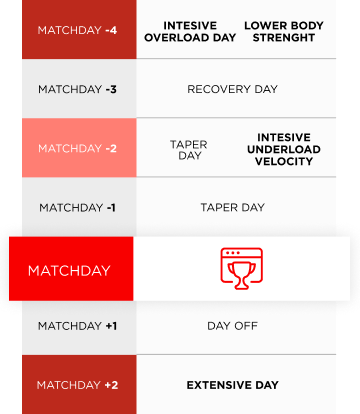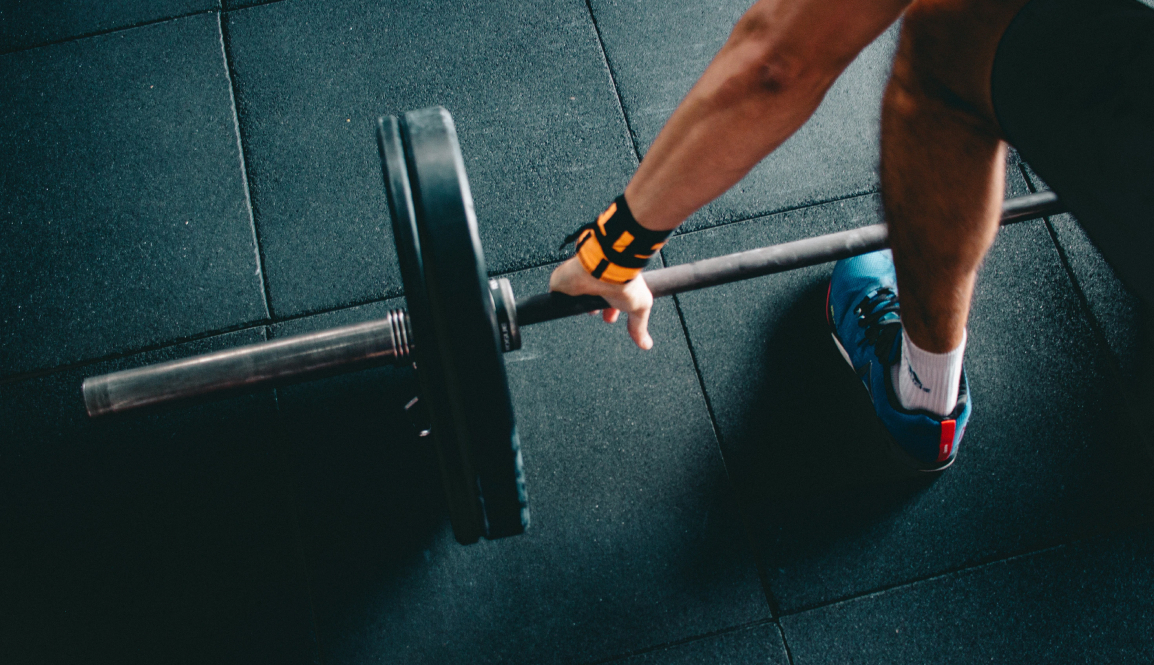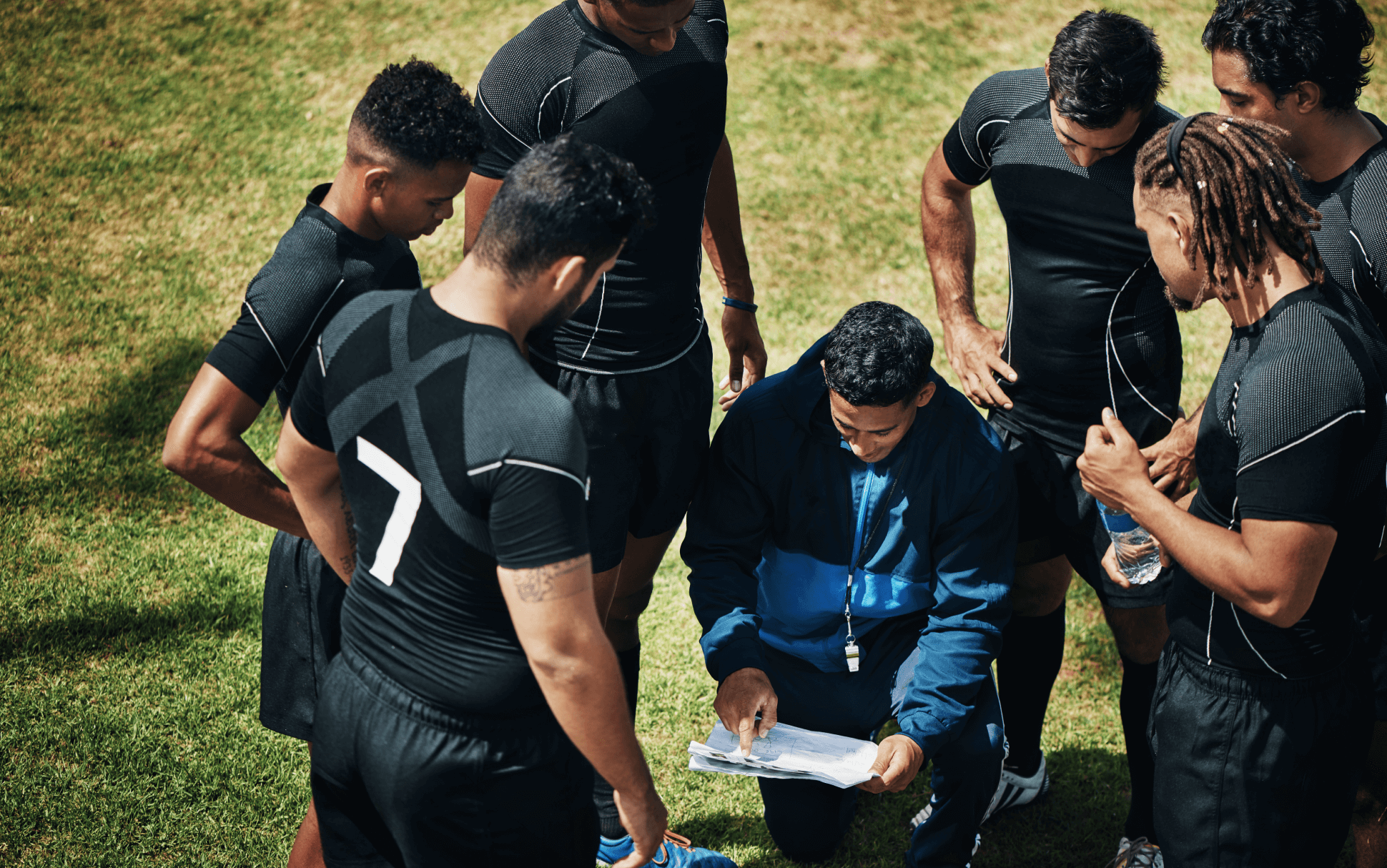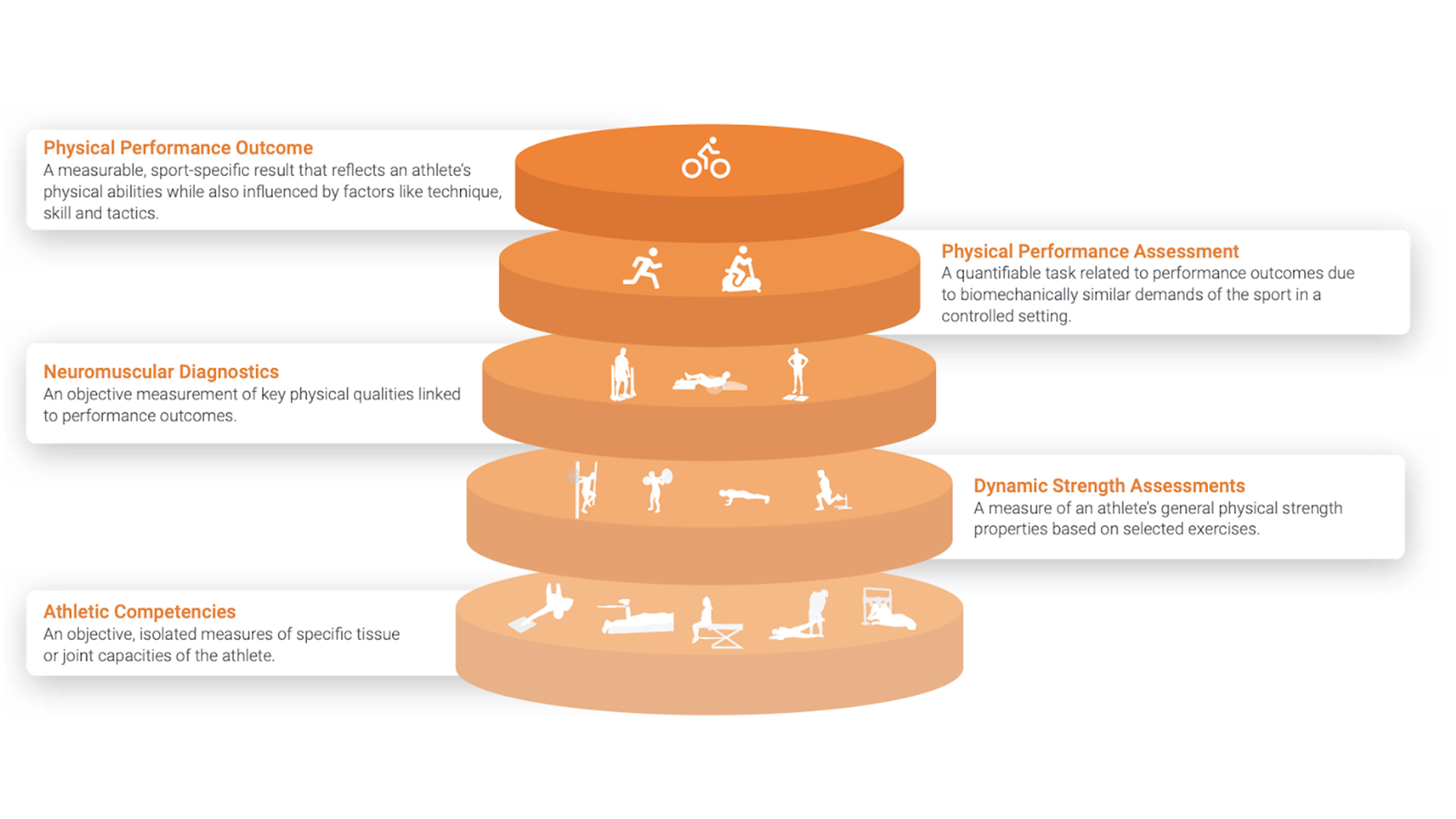We all know the great importance and “countless” benefits of strength training in any sport, not only in sports but for the general health of people, regardless of their age and training background. There is probably no need to repeat those benefits, but let’s do it anyway just because the „strength“ deserves that.
What does science say?
Strength training contributes to enhancing endurance performance by improving the economy of movement, delaying fatigue, improving anaerobic capacity and enhancing maximal speed (Bent R. Rønnestad, Iñigo Mujika). A 2011 literature review by Strasser and Schobersberger concluded that “resistance training is at least as effective as aerobic endurance training in reducing some major cardiovascular disease risk factors”. Strength training has been shown to have a beneficial effect on several measurable health indices, such as cardiovascular fitness, body composition, bone mineral density, blood lipid profiles, and mental health (Faigenbaum AD.). Recent research suggested a possible reduction in sports-related anterior cruciate ligament injuries in adolescent girls when strength training was combined with specific plyometric exercises (Hewett TE, Meyer GD, Ford KR) If you write „strength training benefits“ in google search, these are just a small example of papers and citations that you will get. I think we can agree that there is no doubt that strength is important, and it is a vital part of every training regime. This leads us to the most important question – how and when it is best to be done?
How to decide – when to do strength training?
I have always worked with football teams and the pressing question was always – “When is the best time to do strength training?”, but the questions didn’t stop there – Which days, should it be done, how many times per week, in the morning or in the afternoon, before or after football practice? …
Unfortunately, there is not one answer to all these questions, but continue reading and I will try to resolve some of them.
The right strength practice depends on many factors. From the age group you are working with, the professional level they are competing at, to gender, time between practices, matches and much more. All these factors and many more must be taken into account.
Let’s take an example of one football practice per day, which is closest to reality for most of our clubs. If the scheduling of practices is done in a smart way that one practice session can be made optimal. Firstly, not all practices have to last 90 minutes. Prolonging sessions to 120 minutes if the players are well recovered from their last match and have a few days till the next one is more than acceptable and a lot can be done with that extra time.
Example of a microcycle and when to add intensive trainings:


Strength training BEFORE the main part of the training on the pitch
Strength should be done before the hardest football training of the week. One thing that has to always be kept in mind, the most important thing is the sport which is being practiced (football or any other). The idea is to get the players to maximize their performance in order to show their quality to the head coach and earn their spot on the starting team. The goal of strength training is to complement and enhance on-pitch performance. For players to be stronger, faster, jump higher and then be able to do it all season on the same high level of performance. Example of strength training BEFORE the on-pitch practice: DO NOT OVERDO IT! Is the main takeaway when it comes to strength training before the on-pitch training. If you burden your players with heavy weights and a high number of repetitions, the only thing you will get are tired players that are more prone to injuries. The idea of before the pitch training is to do a session with more intensity but less volume. For instance, a 4 lower leg exercises at 70-80% of 1RM with a maximum of 5 reps.
Example of the BEFORE the pitch practice:
The above example along with foam rolling, stretching, dynamic mobility and activation can be done in 30 to 40 minutes. After that, your players are ready to go on the pitch. They will feel good, motivated, and energized for the football part of the training. Which is the main goal you want to achieve as a strength & condition coach. You are making the players stronger, faster, less injury, and the players feel like they are unstoppable and performing well on the field. Requirements for strength training before the pitch, usually require a facility with space and weights. Unfortunately, not everyone has those conditions. Also, if you are working with younger groups of players (U16-U14) heavyweights are not the way to go. In cases like this, it is better to go with bodyweight exercises or lighter weights, but here more volume has to be done, more reps per each exercise without over-tiring them. The solution is to do strength training after the on-pitch practice.
Strength training AFTER the main part of the training on the pitch
When players are coming off the field after the hardest training session of the week, you have to have a different approach. Two things have to be considered: they are warmed up and tired. Since they are already warmed up, you start with the main part of the strength training, but because they are tired you have to be careful with the exercises that they have to perform. The best way to go about it is TO KEEP IT SIMPLE! Their concentration is lower, which means lower activation and worse quality while performing the technical aspects of exercises. Avoid using a lot of different exercises, especially joint complex ones and do not put too much load on their lower back.

It is extremely important to emphasize that after such hard training, which lasts for more than 2 hours and involves both strength and intensive on-pitch training the players will be tired the following day. Because of that, it is important to plan this kind of intensive training during the week when you can have a recovery session or a day off if you want to prevent injuries and overtiring of your players.
Take home message
The most important takeaway is – Why we do what we do?
As strengths & condition coaches, we are here to be of service to the players and do everything to help them maximize their performance and be their best on the pitch! The second most important takeaway is the timing and the intensity of training sessions. Before the pitch, strength training is intensive, but the volume is small, kept to a maximum of 5 repetitions. The goal is to make the players feel like they can fly on the pitch. After the pitch, it is best to keep things simple, they are tired, and their concentration levels are lower. Do not be afraid to put a load on them, just make it simple, more volume, less intensity. Finally, plan a recovery session a day after!
Naturally, we didn’t answer all the questions or solve all the problems, but I hope we did scratch a surface enough to get you more interested on the topic. It is important to start from the little, simple things and do them correctly and build up from that.
References:
- Faigenbaum AD. Strength training for children and adolescents. Clin Sports Med. 2000
- Stricker PR. Sports training issues for the pediatric athlete. Pediatr Clin North Am. 2002
- Falk B, Tenenbaum G. The effectiveness of resistance training in children: a meta-analysis. Sports Med.1996
- Payne VG, Morrow JR Jr, Johnson L, Dalton SL. Resistance training in children and youth: a meta-analysis. Res Q Exerc Sport. 1997
- Hewett TE, Meyer GD, Ford KR. Anterior cruciate ligament injuries in female athletes: part 2—a meta-analysis of neuromuscular interventions aimed at injury prevention. Am J Sports Med.2006
- Strength Training by Children and Adolescents Pediatrics (2008) 121 (4): 835–840. Running head: “Strength training and endurance performance” Bent R. Rønnestad, Iñigo Mujika
- Kelley G, Kelley K. Progressive resistance exercise and resting blood pressure: a meta-analysis of randomized controlled trials. Hypertension. 2000
- Strasser B, Schobersberger W. Evidence of resistance training as a treatment therapy in obesity. J. Obes. 2011; 2011






